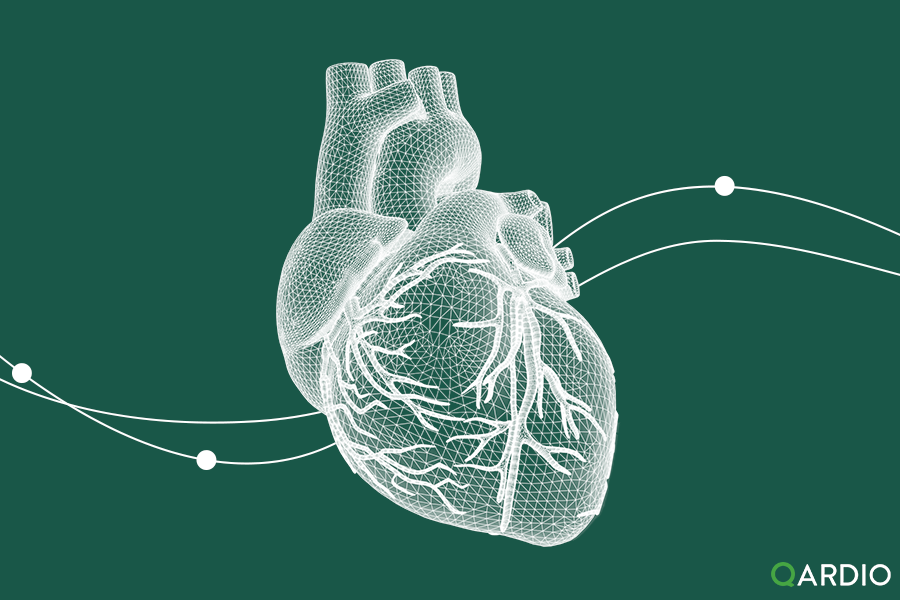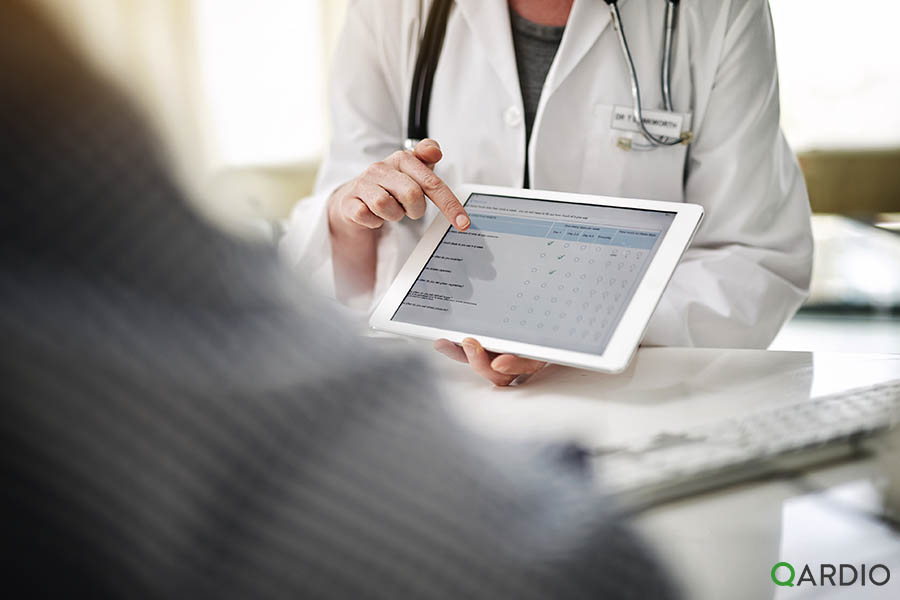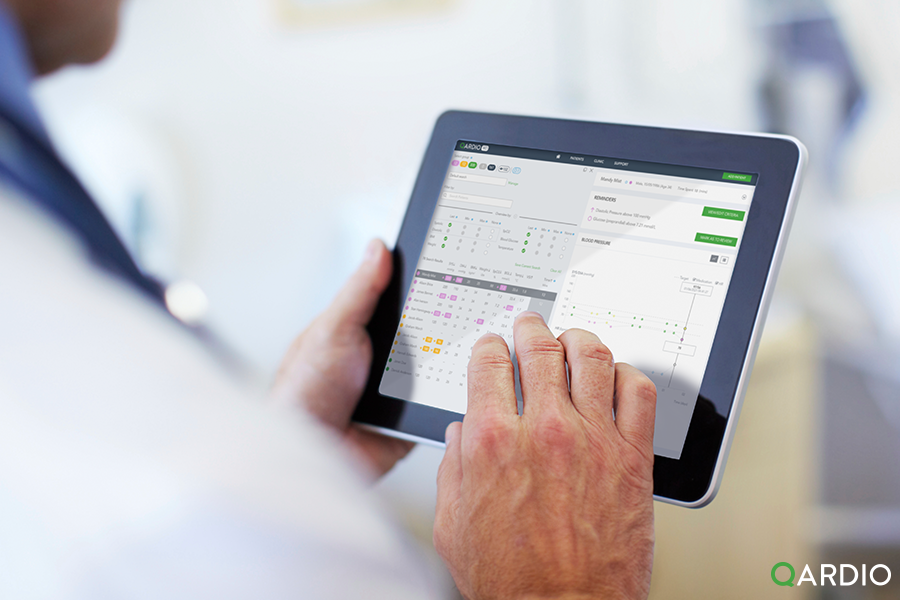The Centers for Disease and Prevention (CDC) found that in the United States, 1 in every 6 deaths from cardiovascular disease is due to a stroke, and that 87% of strokes are caused by the blockage of blood flow to the brain (ischemic strokes). As a result, hypertension is the leading cause of stroke, and according to the World Heart Federation, it causes about 50% of ischemic strokes and increases the risk of hemorrhagic strokes. To help patients prevent and lower the risk of stroke, the American Heart Association recommends eating a healthy diet, exercising regularly and controlling blood pressure.
Relationship between remote BP monitoring and stroke recurrence
Not only do many stroke survivors suffer from physical and cognitive difficulties, but also the fear of a second stroke. In fact, approximately 23% of strokes each year in the United States are recurrent. A study published in the Journal of the American Heart Association examined over 500 patients to explore the relationship between the risk of recurrent stroke and low blood pressure. The results showed that “patients who had at least 1 measured diastolic blood pressure <80 mm Hg during follow-up had a reduced risk of stroke recurrence compared with those with diastolic blood pressures 80 to 90 mm Hg.” A further study also found that regular remote BP monitoring is associated with a lower risk of stroke recurrence in hypertensive stroke patients.
Remote BP monitoring in hypertensive stroke patients
Regular blood pressure measurements are an effective way for hypertensive stroke patients to improve their blood pressure control. Recent studies have explored and demonstrated that remote BP monitoring is effective at reducing systolic blood pressure. A further study published by Oxford Academic examined the effects of long-term home blood pressure monitoring in stroke patients, as well as patient willingness and participation. After 12 months, they found that almost 50% of hypertensive stroke patients offered a blood pressure monitor but no support continued to use it after 6 and 18 months. Other benefits were increased patient understanding of home monitoring and an overall positive experience with it. Another qualitative study in the United Kingdom examined 26 stroke patients and also found that they achieved an increased knowledge and empowerment about blood pressure control and avoiding further strokes.
There is a clear correlation between remote BP monitoring and lowering blood pressure and the risk of stroke. Remote blood pressure monitors such as QardioArm measures systolic, diastolic blood pressure, heart rate and detects an irregular heartbeat. The measurements are instantly sent to the QardioMD remote patient monitoring system, so care providers can intervene where necessary.
To learn more how remote monitoring with Qardio works, speak with a product expert here.
Sources:
- Centers for Disease and Prevention (CDC)
- World Heart Federation
- American Heart Association
- The British Medical Journal
- Oxford Academic
- Journal of the American Heart Association
- Journal of the American Heart Association (Abstract)


